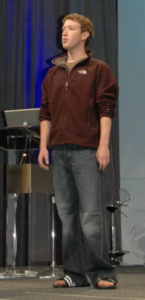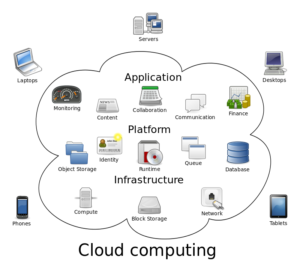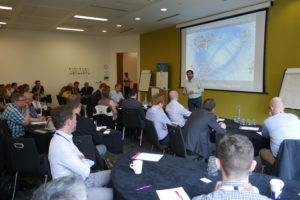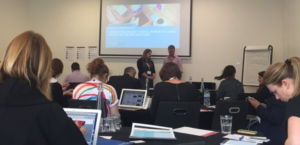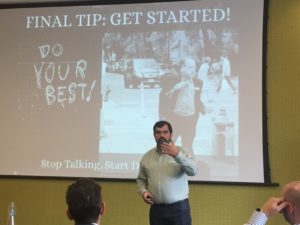The third Global Legal Hackathon starts this Friday. When you put lawyers, marketers, designers, consultants and developers in to room with beer and pizza what do you get? If the last 2 years of this event are anything to go by, we’ll get something really special! And by the way, other food and drinks will be available.
GLH2020 is happening over the weekend of 6-8 March. Back in 2018 40 cities joined in simultaneously across 6 continents. In 2019 we had 47 cities, and this year, even with the Caronaviris scare, over 40 cities will be involved and teams will be able to participate remotely if they want to. We aim to make London bigger, better, and even more fun. First a disclosure – Agile Elephant and I have been part of the organising team since the start. Actually, the idea for this event was formed when Brian Kuhn, who at the time ran IBM’s Watson Legal business, met David Fisher, CEO of Integra Ledger, at a workshop Rob Millard of Cambridge Strategy Groupand I ran back in 2017. Rob and I have hosted the London edition ever since, with a lot of help from our friends, sponsors and the University of Westminster. This is a not for profit event, free to enter for the participants, with our sponsors covering the cost of some prizes, as well as lunches, evening meals, soft drinks, coffee, tea, beer and wine. A hackathon wouldn’t be a hackathon without beer and pizza!
Here I am explaining it in a bit more detail:
What’s the objective?
To progress the business of law, or to facilitate access to the law for the public. Ideas will be pitched on the Friday evening, and teams of 3-10 will form to work over the weekend to create an app or a service. We expect ideas using technologies like AI, Machine Learning, Chatbots, Blockchain, or the Internet of Things. Our 6 judges will deliberate and pick the winning team for London. That team will enter the virtual semi-finals with all the winners from the other cities on 22 March where 10 teams will be chosen to compete in the grand final in London on 16 May.
What’s this Inclusivity Challenge you mentioned?
“Participants and teams around the world, in every Global Legal Hackathon city, are challenged to invent new ways to increase equity, diversity, and inclusion in the legal industry.”
At the conclusion of the GLH weekend, a local winner of the GLH Inclusivity Challenge will be selected by each city alongside the main winner and will progress to a global semi-finals too. This will be an extra stream and, like the main stream, finalists will be invited to the GLH Finals & Gala, to be held in London in mid-May. On top of that, the overall winner of the GLH Inclusivity Challenge will be invited to present its solution during a diversity and inclusion summit that BCLP is planning to host in September, where leading figures from the industry will be asked to commit to ensuring the idea is brought to life and scaled up to deliver a lasting impact on the legal industry as a whole.
#GLH2020 London is bigger and better
The London stream of the Global Legal Hackathon is being co-hosted by Cambridge Strategy Group, Agile Elephant and our venue is kindly provided by the University of Westminster, Marylebone Campus at 35 Marylebone Road, London NW1 5LS (near Baker Street station).
All of the details, latest news and how to register are at: https://www.legalhackathon.london and follow #GLH2020 with #London on social media.
Who are sponsoring this?
This year the bills are being paid by law firms Bryan Cave Leighton Paisner, White & Case and software company BRYTER, who are providing access to their low-code platform for participants. The Law Society, Disruptive.Live and Techcelerate are supporting us too.
How can you get involved in the GLH?
- Hacker teams and team members – Anyone involved in the law, interested in the law, involved in technology for the law, developers, marketers, graphic designers, app designers who want to join the fun. We know some firms will submit teams, and new teams will form on the first evening around a great idea at the GLH.
- Helpers – We need volunteers over the weekend to make it happen and keep everyone happy.
- Mentors – We need subject matter experts and technologists who can mentor the teams over the weekend to help crystallise their ideas, challenge them, or keep them on track.
- Judges – We’ve got 6 great judges.
- Sponsors – It’s not too late to get involved and spend some of that marketing budget you had planned for big events overseas. This is a ‘not for profit’ exercise for the hosts, but we need to cover our costs.
We think this is going to be something special. What really happens when you get a bunch of lawyers, coders, designers, consultants and marketing types with their laptops and cloud platforms together over a weekend? Please register, come and join us and find out!


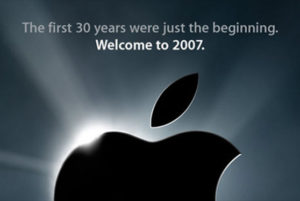
 I mentioned above that I
I mentioned above that I 